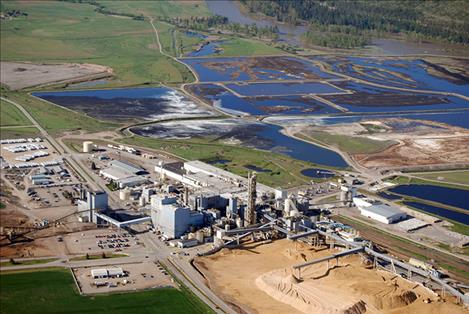Small communities outside Missoula grapple with growth, change
Lolo, Frenchtown, East Missoula and Bonner have seen rapid population growth, added pressure
Keep Reading!
You’ve reached the limit of 3 free articles - but don’t let that stop you.




















